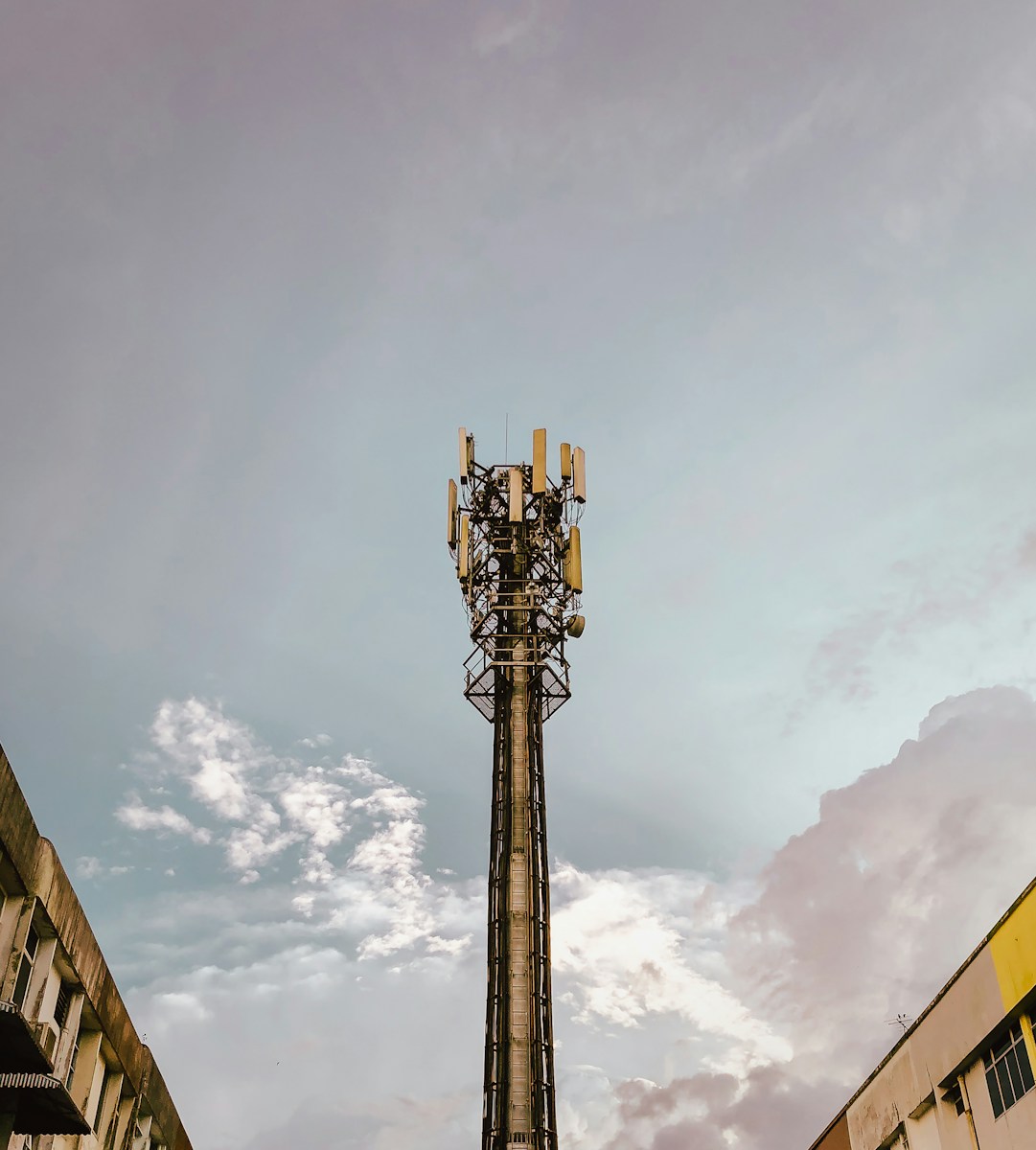India’s First Digital Connectivity Rating System for Properties Unveiled by TRAI

Introduction
On 13 August 2025, the Telecom Regulatory Authority of India (TRAI) released a Manual for Assessment of Digital Connectivity in Properties, marking the operational rollout of the Rating of Properties for Digital Connectivity Regulations, 2024. This is the first national framework for evaluating the quality of digital infrastructure in residential, commercial, and institutional properties.
The move addresses a long-standing gap in India’s connectivity ecosystem, ensuring that the indoor digital experience matches the growing dependence on online services.
Table of Contents
Background: Legal and Regulatory Framework
Statutory Basis
TRAI operates under the Telecom Regulatory Authority of India Act, 1997 (TRAI Act), which empowers it to:
- Make recommendations on the quality of service (QoS) standards.
- Lay down measures to facilitate competition and protect consumer interests.
- Specify standards of quality of service to be provided by service providers [Section 11(1)(b)(v) and (vi)].
- Monitor the performance of service providers and ensure compliance.
The present manual is issued under the authority of the Rating of Properties for Digital Connectivity Regulations, 2024 notified on 25 October 2024 under Section 36 of the TRAI Act, which grants TRAI power to make regulations consistent with the Act.
From Draft to Final Manual
- 13 May 2025 → Draft manual released for public consultation.
- May–July 2025 → Feedback gathered from telecom and internet service providers, infrastructure companies, consumer advocacy groups, and real estate developers.
- 13 August 2025 → Final manual issued, incorporating stakeholder inputs.
The Manual: Scope and Criteria
The manual establishes uniform parameters for evaluating a property’s readiness and performance in terms of digital connectivity. Key assessment areas include:
- In-Building Mobile Coverage – Measuring signal strength, call quality, and 4G/5G penetration indoors.
- Broadband Readiness – Availability and speed of fixed broadband services, optical fibre access, and redundancy.
- Wi-Fi Infrastructure – Indoor wireless access points, capacity, and speed consistency.
- Physical Infrastructure Provision – Availability of ducts, conduits, and spaces for telecom equipment.
- User Experience Parameters – Real-time latency, jitter, packet loss, and customer complaint resolution timelines.
The output is a digital connectivity rating, similar to energy efficiency ratings, allowing buyers and tenants to make informed choices.
Why This is Legally Significant
Consumer Protection
By introducing transparent and standardised ratings, the framework strengthens the consumer’s right to information. It aligns with the Consumer Protection Act, 2019, which seeks to prevent misleading claims by developers regarding “connectivity readiness.” It also supports the objectives of the Real Estate (Regulation and Development) Act, 2016 (RERA) by ensuring that project disclosures to prospective buyers are accurate, verifiable, and based on uniform assessment criteria.
Infrastructure as a Utility
The manual implicitly recognises digital connectivity as essential infrastructure, comparable to electricity or water supply. This approach builds on the National Digital Communications Policy, 2018, which identifies broadband as a basic necessity. It is also reinforced by judicial recognition of the right to internet access, notably in Faheema Shirin v. State of Kerala (2019), where the Kerala High Court held that such access forms part of the right to education and the right to privacy under Article 21 of the Constitution.
Ease of Doing Business and Urban Planning
The framework equips state governments and municipal authorities with a legal tool to integrate digital connectivity standards into regulatory processes. This includes incorporation into Building Codes and Development Control Regulations, as well as alignment with smart city infrastructure guidelines under the Smart Cities Mission. Such integration can streamline approvals, enhance urban planning outcomes, and ensure that future developments meet modern digital infrastructure requirements.
Impact Across Stakeholders
| Stakeholder | Impact |
| Property Buyers/Tenants | Transparent data on digital readiness before purchase/lease; reduces risk of poor connectivity after possession. |
| Developers/Builders | Encourages early-stage integration of fibre and wireless infrastructure in designs; may become a selling point. |
| Telecom Operators | Streamlines deployment in high-rating buildings; improves customer satisfaction. |
| Regulators & Government | Creates a baseline for policy intervention and QoS enforcement. |
Enforcement and Compliance Mechanisms
While TRAI does not have direct powers to penalise property developers as its jurisdiction is over telecom service providers, the Rating Regulations can indirectly influence compliance through:
- Market Pressure – Low ratings may impact sales or rentals.
- Regulatory Cross-Linkage – State RERA authorities and municipal bodies can incorporate connectivity rating disclosures as a mandatory part of project approvals.
- Industry Certification – Adoption by rating agencies, much like LEED for green buildings, can make it a competitive necessity.
Challenges and Considerations
The framework’s effectiveness may be limited by its non-binding nature, as uptake is likely to remain voluntary unless it is integrated into state building laws. Additionally, the cost of installing advanced digital infrastructure could be transferred to consumers by developers, potentially affecting affordability. Further, with rapid advancements in network technology, such as the eventual transition to 6G, the rating system will require periodic updates to remain relevant and accurately reflect contemporary connectivity standards.
Conclusion
The TRAI’s manual is a pioneering step in India’s digital infrastructure policy introducing a structured, legally backed approach to assessing and rating digital connectivity in properties.
While not yet a statutory requirement for all buildings, its integration into real estate regulation, consumer protection frameworks, and urban planning codes could make digital connectivity ratings as indispensable as power supply certificates. In the coming years, this initiative is likely to influence buyer behaviour, developer practices, and even state-level legislative amendments bringing India closer to its goal of universal, high-quality digital access.
For more details, write to us at: contact@indialaw.in
By entering the email address you agree to our Privacy Policy.



